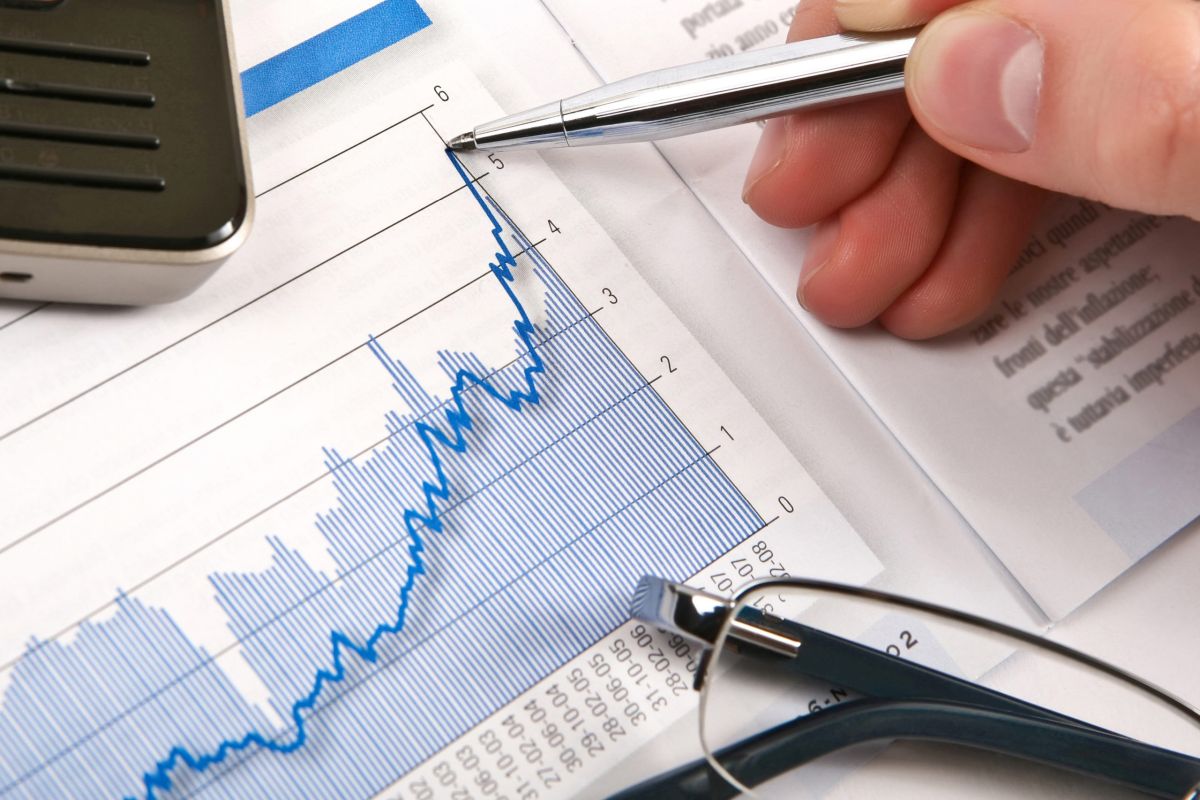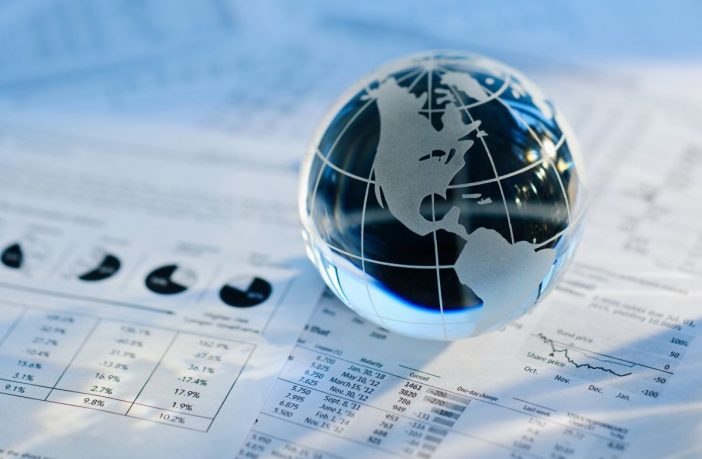The current global economy is experiencing the worst times
In 2008-2009, the world went through a financial crisis, which resulted in a decline in global trade, and further protectionism and problems with production chains intensified the negative effect. Today’s global economy is experiencing bad times, with deterioration occurring at a fairly rapid pace.
The very first signs of the beginning of the “disease” were visible back in January, when the IMF published another bulletin, revising its expectations for global GDP, and reducing the growth rate by 0.2% – to 3.5%. At the same time, the fund reckoned that the growth rate of world trade would remain almost the same, around 4%, dropping it by a fraction of a percent. This raises some doubts. Trade duties between America and China are rising, and may rise further. Brexit will have consequences in the European Union that are hard to predict. Thus, there are many reasons to believe that global trade will not be as good as the IMF hopes it will be.
The downfall of current global economy
This whole situation could lead to serious problems, because already now the support of the global economy by global trade is quite shaky. In 2009 there was a record decline in this industry, by 10.4%, and after that it took a long time for the former indicators to return to their positions. After a brief relief in 2010-2011, the growth of global trading was only 3.6% from 2012 to 2018. This is only half of the rate that was maintained during the twenty pre-crisis years.
To be sure, the slower growth of global trade can be attributed to the difficulty of resurrecting all industries after the massive crisis. But the ratio of GDP growth to trade tells a different story. During past economic upswings, the ratio was about 1.6. That is, as soon as the economy “exhales” after the crisis, trade begins to grow 60% faster than GDP. Now the coefficient is about 1.0, which means that the rate of trade growth slows down and equals GDP growth.

Experts are trying to find a reason for this phenomenon. In 2016, the IMF published a study where it explained this effect by strong business spending and little protectionism. But over the next 2 years, the world has changed a lot. There is still a lack of capital spending, but protectionism is growing, as well as a negative impact on production chains.
The U.S. under Trump is clearly moving away from trade liberalism. America withdrew from the Trans-Pacific Treaty, NAFTA was replaced by the USMCA. They have raised duties against China. America has also left its partners in the Paris Agreement against climate change and is threatening to withdraw from the WTO, which means that the U.S. wants to jettison its commitments to other countries as much as possible and focus on its own problems, no longer devoting time to more global issues.
With all these complexities, the slowdown in China’s economy looks even more dangerous. In December 2018, sales of durable goods, such as gadgets and mobility aids, fell sharply. Imports were down almost 8% for the year. That’s a very sharp change, considering that imports were up 16.1% in 2017.




